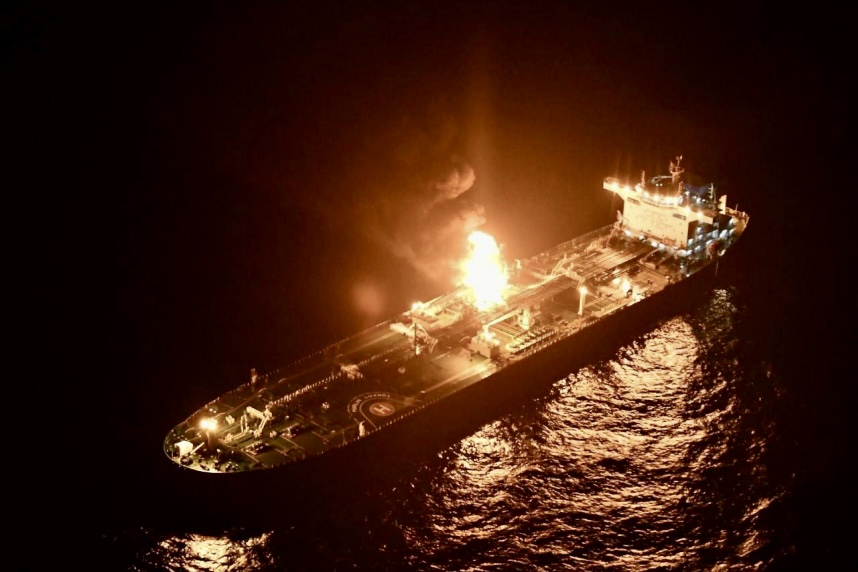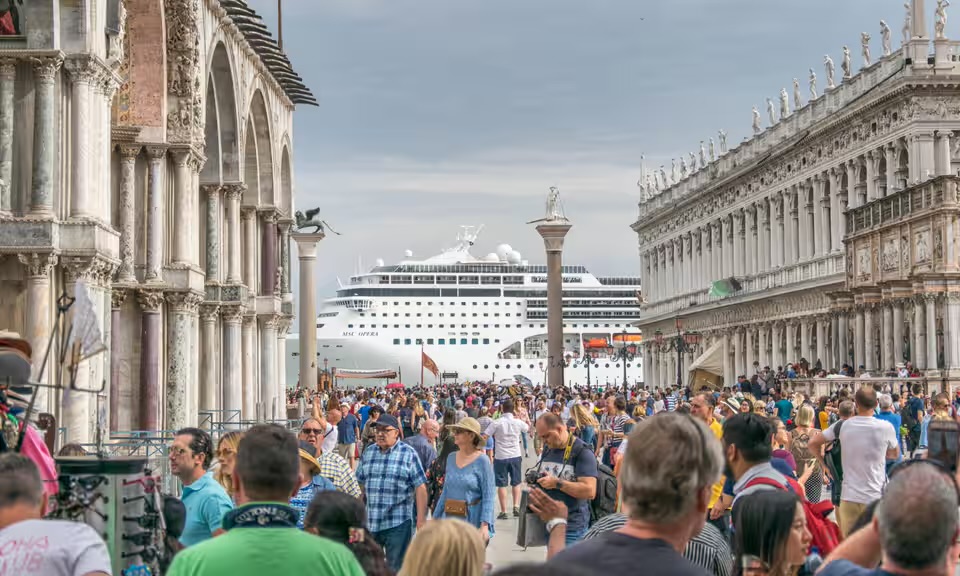Houthi Hit on Russian Fuel Has Oil Traders Recalculating Risks
* Oil prices rose about $2 after ship struck leaving the Red Sea *Attack potentially changes which ships are considered at risk
A missile attack on Friday on a tanker taking Russian fuel through the Gulf of Aden may prove to be a defining moment for an oil market that had previously been somewhat immune to months of Houthi militants’ attacks on merchant trade.
Why the calm? Because much of the oil flowing through the Red Sea and Suez Canal came from Russia and — so the theory went — it might be safe. The Houthis themselves signaled Russian ships had nothing to fear, and Moscow is an ally of their sponsor Iran. Oil tankers generally had been largely spared.
But Friday’s attack made one thing clear: whatever assurances Yemen’s Houthis offer, they don’t extend to a ship’s cargo if the vessel itself has even a tenuous link to the US, UK or Israel. The Houthis had said they were targeting Israeli assets because of the war in Gaza, and then extended their reach to US and UK vessels after those countries launched airstrikes in Yemen.
The attack means that a greater slice of the 3 million barrels a day of Russian crude oil and fuel that has been flowing through the Red Sea to reach customers in Asia could be at risk. And Russian volumes matter to the global market — despite sanctions imposed because of Moscow’s own war in Ukraine.
Read: Red Sea Shipping Turmoil Sends Economic Shockwaves Wide
With oil prices popping about $2 higher on Friday, here are some of the questions that oil traders will be considering when they return to their desks on Monday morning.
Will Red Sea Transit Stop?
This is unlikely, either for trade in general or to the flow of petroleum in particular.
The decision to transit depends mainly on four things: the willingness of the owner, that of the crew and the charterer — and profit.
If a charterer wants to go through the Red Sea and finds a shipowner who’s willing, with a crew that’s prepared to run the gauntlet — perhaps for extra danger money — then the trade will happen as long as the price makes sense.
It’s true that insurance costs can be so prohibitive that some owners find it more attractive to go the long way around Africa — following container shippers that have already made that call. But, while Friday’s attack redefined the kinds of ships that might be viewed as targets, not all ships will fall into that category. The most likely outcome is that the numbers willing to risk it thins out, but the route doesn’t shut altogether.
Is All Russian Oil Now a Target?
Probably not. The international maritime database Equasis lists the manager of the Marlin Luanda — the tanker that got attacked — as a firm called Oceonix Services Ltd. in London. For the Houthis, that may have been enough of a link.
But the fuel on the Marlin Luanda was different to a lot of Russian petroleum in one crucial way: it was being hauled using western service providers as it was priced within the cap allowed by US sanctions.
Since Russia’s invasion of Ukraine and the sanctions that followed, most Russian oil and fuel is being moved on the so-called shadow fleet. These vessels have secretive ownership structures, almost never have published UK, US or Israeli links, rarely if ever go to those countries’ ports, and even their insurance is opaque.
If the Houthis are profiling their targets using open-source intelligence, there will still be a lot of Russian oil they don’t go after, at least in part because there is so little information available publicly about those ships. Russia is an ally of Iran, which backs the Houthis, and Moscow has condemned US and UK strikes on Yemen.
Still, there’s always the risk of getting caught up in a misfiring, or becoming collateral damage. (Bloomberg)





